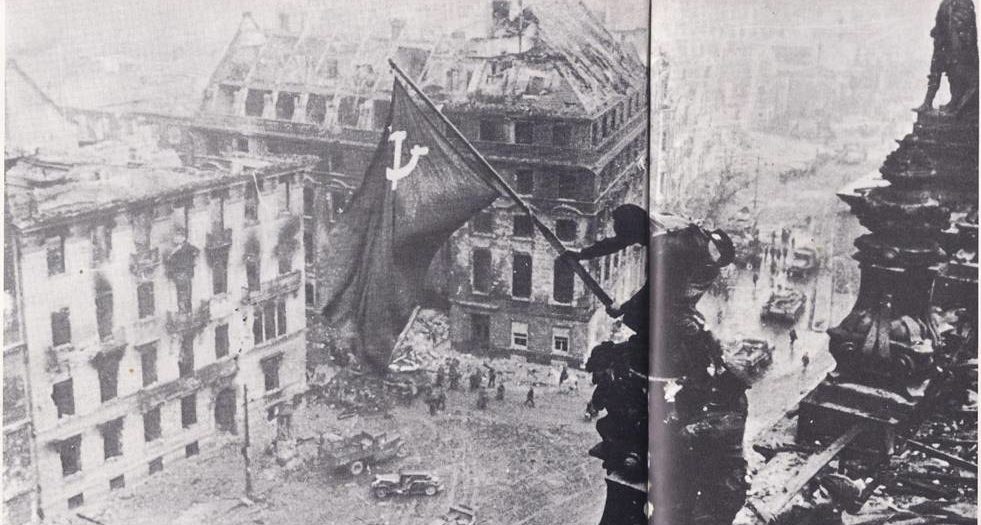On June 25, 1940, the Japanese war minister said, “The present international situation is developing in a manner advantageous to Japan’s national policy. We should not miss the present opportunity. . .
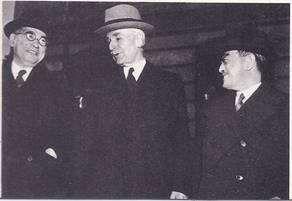
Japan’s national policy was scarcely a secret. It had already linked itself by treaty to the aggressor nations of Germany and Italy – for several years it had been fighting an undeclared war against China. Although Chinese guerrilla forces were fighting back the Japanese controlled most of the Chinese railroads and held such cities as Peiping, Shanghai and Canton. They planned to establish something they called the “Greater East Asia Co-Prosperity Sphere” –actually a vast empire that would take in the South Seas as well as East Asia, an empire ruled by the Japanese. In July of 1941, as another step in carrying out their plan, they occupied Indochina.
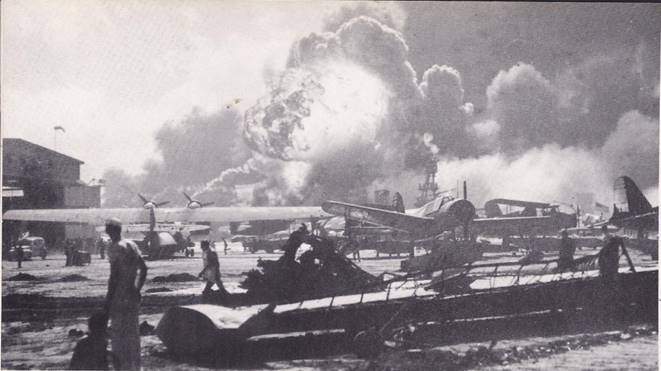
In trying to build up its new empire, however, Japan ran into certain difficulties. The Chinese, led by Chiang K’ai-shek were getting more and more aid from the United States and Britain. Even more important, Japan depended on trade with the United States and Britain for its war materials, especially scrap metal and oil. It was a serious blow when, in 1941, the United States and Britain “froze” all Japanese assets in the two countries, bringing trade to a stop. The Netherlands East Indies, which had been supplying oil to Japan, soon took the same action.
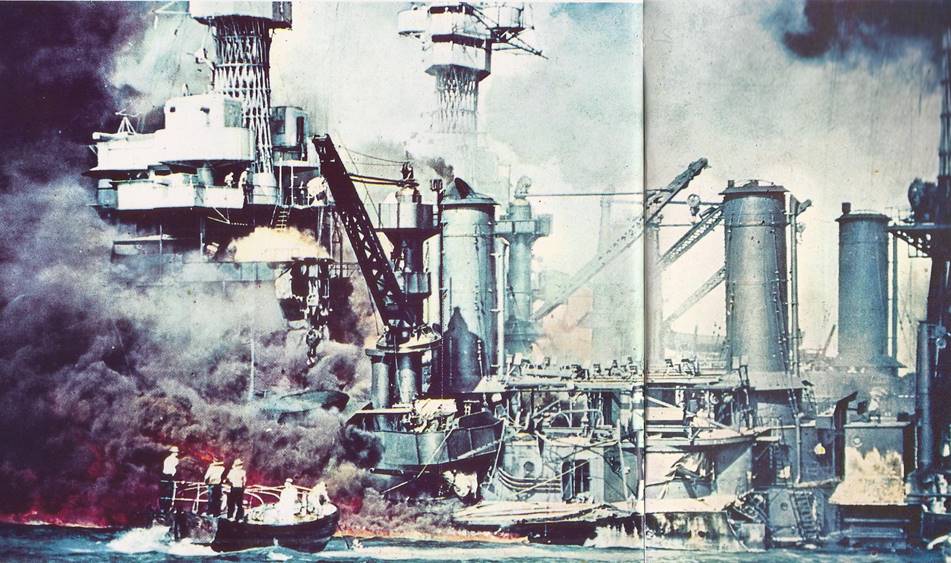
In October, General Hideki Tojo became premier of Japan and the militarists were in full control of the government. Tojo sent a special envoy to Washington to negotiate with the United States. Japan demanded, among other things, that the United States stop all aid to China and again trade freely with Japan. The United States insisted that Japan withdraw its forces from China and Indochina, recognize the independence of the Asian nations and break off its alliance with the Axis countries. The result was that the negotiations got nowhere. In any case, Tojo and the Japanese militarists had already decided to go to war against the United States. On December 7, without warning, while their envoy was still in Washington conferring with Secretary of State Cordell Hull, they attacked Pearl Harbour.
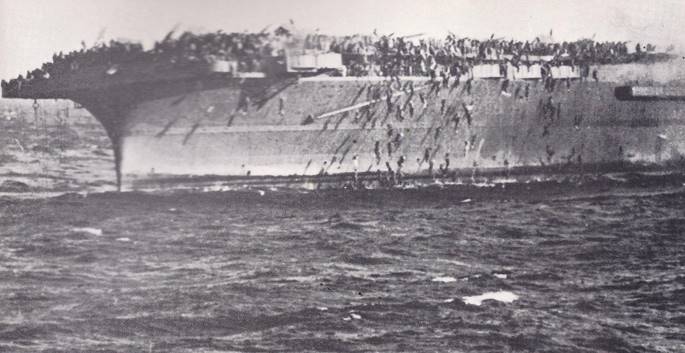
The Japanese were quick to take advantage of their superior strength in the air and at sea. They attacked the Philippines and the islands of Guam, Wake and Midway. They bombed Singapore and their navy sank two British battleships. In the Philippines, their land forces, too, were superior, outnumbering the 40,000 Filipino and 15,000 United States troops under the command of General Douglas MacArthur. The Japanese took Manila on January 2, 1942 and forced MacArthur to withdraw to the Bataan Peninsula and the island of Corregidor. The following month, MacArthur was transferred to Australia, where he was placed in command of the allied forces in the southwest Pacific. The troops in the Philippines, under General Jonathan Wainwright, put up a hard fight, but they were forced to surrender in April and May.
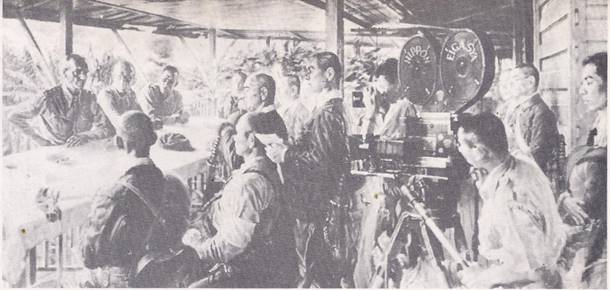
The Japanese soon overran the Philippines. By this time, too, they had taken Guam, Wake, Hong Kong, Indochina, Thailand, Singapore and had won control of Burma and the Dutch East Indies, but in May of 1942 they met their first important defeat in the war. A strong force of Japanese ships had reached the Coral Sea, threatening Australia. They were attacked by planes from land and from the aircraft carriers of a United States Navy task force. About twenty Japanese vessels, including a carrier and a heavy cruiser, were either sank or damaged. In June, the Japanese sent eighty vessels against Midway Island, but they were forced to turn back after a three-day battle. At least twenty of the ships were sunk or damaged, and the Japanese were no longer in full control of the waters of the South Pacific.
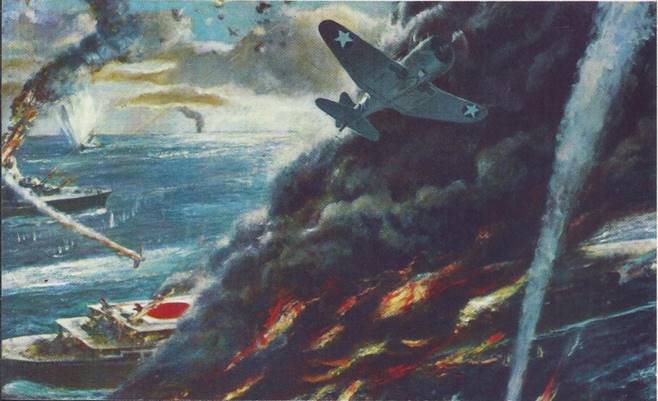
The allies could now stop fighting a purely defensive war. While troops under MacArthur began to advance across the Owen Stanley Mountains in New Guinea, American marines attacked Japanese bases in the Solomon Islands. The fighting began on August 8 and by the end of the next day the Americans had taken the airport on the island of Guadalcanal. Four allied cruisers were sunk that night and the marines did all they could do to hang on. The Japanese, who were determined to keep their hold on the Solomons, attacked again and again. Casualties were heavy on both sides as battles raged on the land, on the sea and in the air. Not until the middle of November did the Japanese give up, when the Americans turned back a Japanese force of battleships, cruisers, destroyers and troop transports.
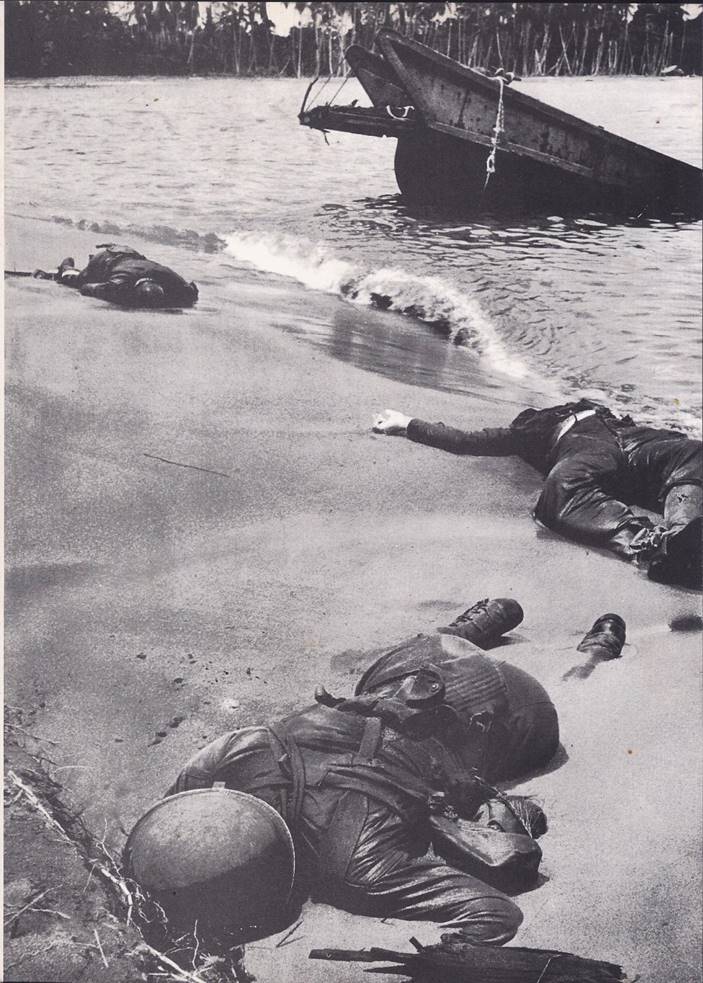
During the early part of 1943, the allies were too concerned with the war in Europe to do much in the Pacific. In June, however, they began a campaign to drive the Japanese out of New Guinea and the Solomons. On November 22, after rough jungle fighting, American marines captured Tarawa, in the central Pacific. This was the beginning of the allied plan of “island hopping.” The plan called for the capture of key islands, which were to be used as bases for a gradual advance toward Japan itself. Island hopping continued in 1944, when landings were made on Kwajalein and Eniwetok in the Marshalls, Truk in the Carolines, Saipan, Guam and Tinian in the Marianas.
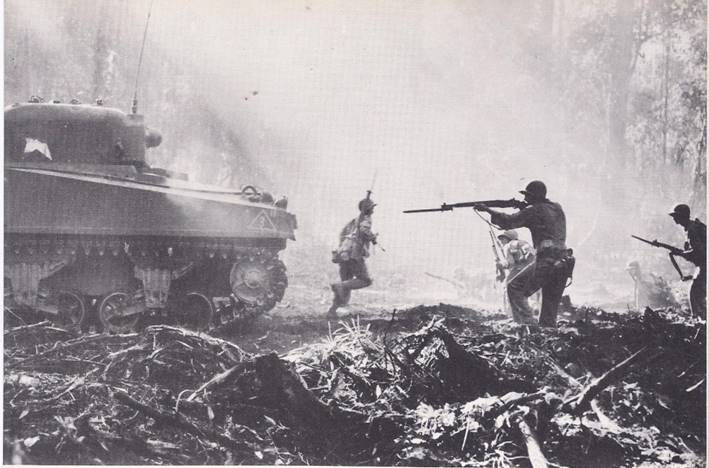
Meanwhile, MacArthur had been successful in New Guinea. In September he captured Morotain, which gave the Allies a base less than 500 miles from the Philippines. At the same distance from the Philippines was Peleliu, in the Palau Islands, which also fell to the Allies in September. On October 19, MacArthur launched an attack against the Philippines, landing troops at Leyte. The Japanese tried to stop him with planes and three fleets of ships and for three days — October 23, 24, and 25– a furious naval battle raged in Leyte Gulf.
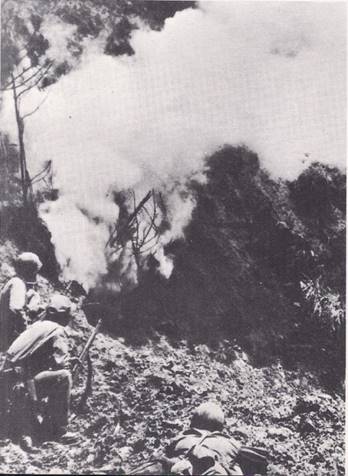
The Japanese had begun to use kamikazes — suicide planes filled with explosives, whose pilots sent them crashing into enemy ships. Such tactics failed to halt a disastrous defeat in which at least fifty-eight Japanese warships were sunk or damaged and on January 9, 1945, American troops landed at Luzon. Other landings followed, including one on Corregidor on February 17, where the battle went on for two weeks. American forces had also reached Manila, which fell on February 24 after house-to-house fighting. There were still weeks of mopping-up operations ahead, but the allied command could now press on toward Japan itself.
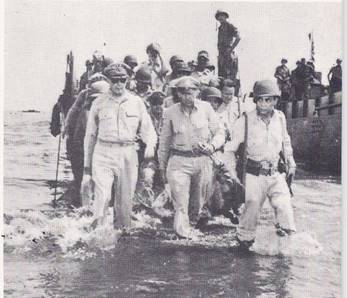
The first target was the little island of Iwo Jima. Although it was only eight square miles in area, it was of tremendous importance. It was about 400 miles from Kyushu, one of the islands that make up Japan; its possession would be of great help to the allies in their attacks on Japan with B-29 bombers.
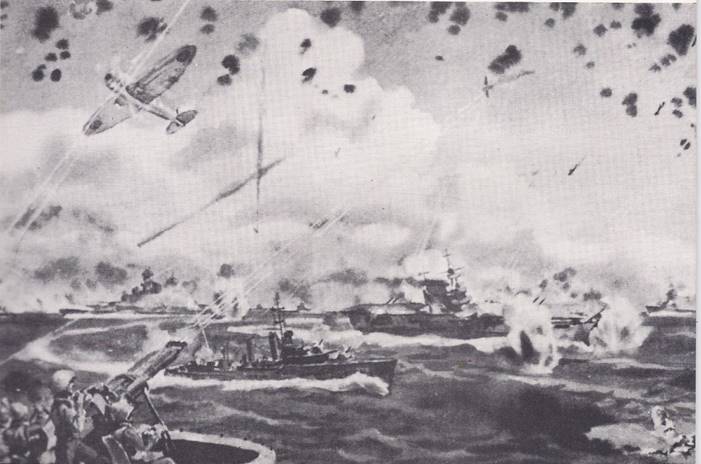
The landing on Iwo Jima took place on February 18, after sixty-nine days of bombing from the air and four days of bombardment from naval vessels. The Japanese soldiers struck back fiercely, taking refuge in fortified caves. The Americans finally won the island, but only after a month of terrible fighting and at a tremendous cost. Their casualties numbered about 20,000, with more than 4,000 men killed. Japanese casualties were about 22,000 in all.
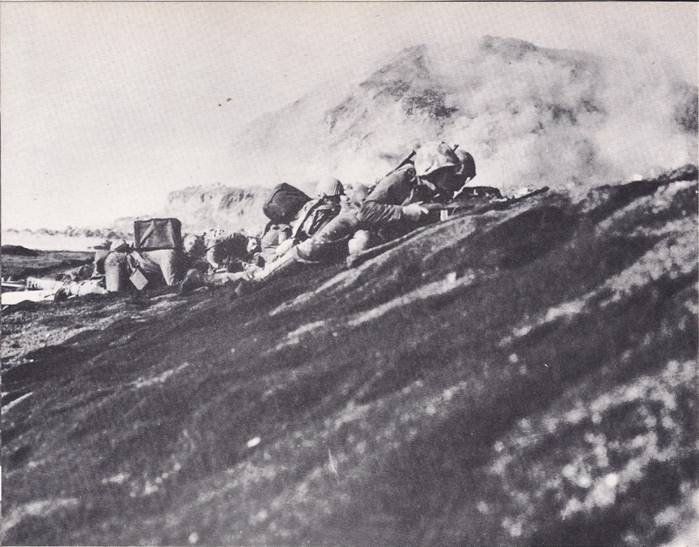
Two weeks later, a great force of 1400 ships and about 100,000 men attacked the next allied target, the island of Okinawa. Like Iwo Jima, it was small — sixty miles long and from two to twenty miles wide — but it lay even closer to Kyushu. Heavy bombardment prepared the way for the landing on the morning of Easter Sunday, April 1. Again the fighting was long, hard and bloody. The Japanese realized that the loss of Okinawa would give the allies control of the China Sea and they battled for every inch of ground. Four thousand kamikaze planes were destroyed and their pilots killed. By June 21, the Americans had taken the island, although scattered groups of Japanese soldiers still went on fighting. More than 7000 Americans were killed and more than 38,000 wounded. The Japanese casualties were even higher: 101,853 killed and 9,498 captured.
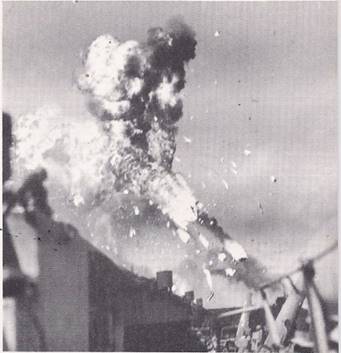
With Iwo Jima and Okinawa in their hands, the allies sent out bombers — as many as 1000 at a time — to blast Japanese cities. Japan’s navy, which had suffered another defeat on April 7 in the East China Sea, was powerless. It was plain that nothing could stop the invasion of Japan. The United States, Britain and the Soviet Union had discussed the invasion at a meeting at Yalta in the Crimea on February 7-12. Representatives of the three countries met again at Potsdam, Germany, on July 17.
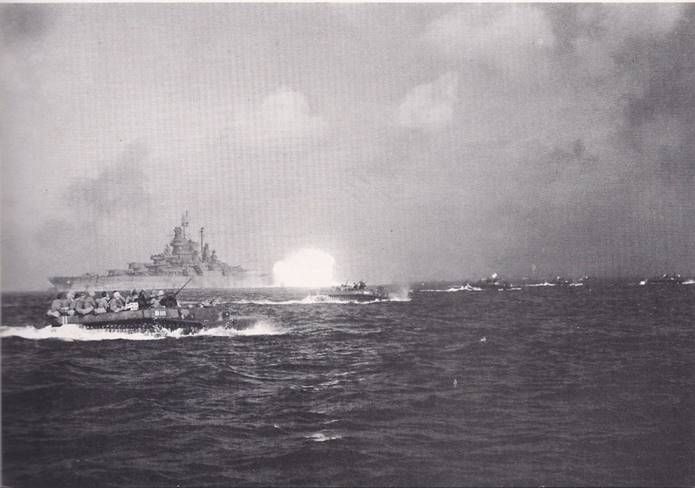
President Roosevelt had attended the meeting at Yalta, but he was already in poor health and he died on April 12 of a cerebral hemorrhage. Death came suddenly to the man who had led the United States for so many difficult years; he collapsed while sitting for a portrait at Warm Springs, Georgia. Four hours after he died, Harry S. Truman, who had been elected Vice President in 1944, was sworn in as President.
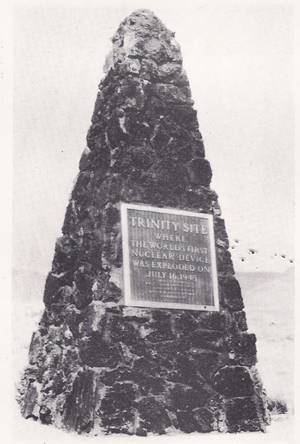
It was President Truman who met in Potsdam with Winston Churchill and Premier Joseph Stalin of the Soviet Union. When the meeting began, Truman and Churchill shared a secret that was unknown to Stalin. The story of that secret had begun in 1939, when Albert Einstein, the famous physicist who had left Germany because of Hitler, wrote a letter to President Roosevelt. Einstein suggested an investigation of the possibility of using atomic energy in bombs. President Roosevelt decided to act on the suggestion and by 1942 a secret project to develop the atomic bomb, called the “Manhattan Project,” was in operation.
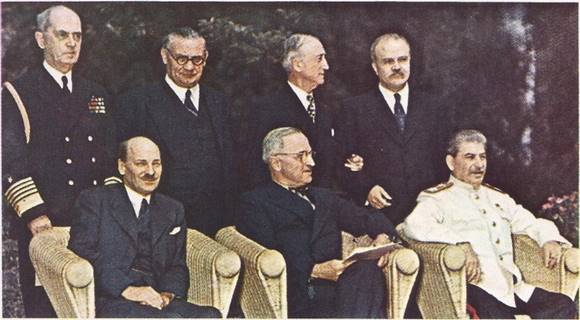
The United States had the cooperation of Britain, Canada and hundreds of scientists took part in the research on atomic energy. Among them was Enrico Fermi, who had fled to the United States from Fascist Italy. On December 2, 1942, a group under his direction at the University of Chicago produced the first nuclear chain reaction in history. Work on the bomb itself was carried on by a number of other scientists, particularly J. Robert Oppenheimer. On July 16, 1945, the bomb was successfully tested at an air base in New Mexico, where it destroyed everything within a radius of a mile. As a great flash of light, followed by a mushroom-shaped cloud of smoke, rose over the desert, the world entered a new age — the atomic age.
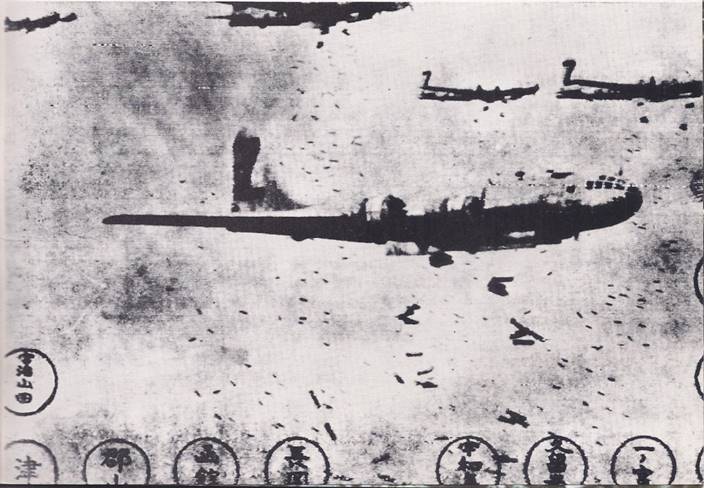
At Potsdam, Truman informed Stalin about the new bomb. Later that same day, Churchill asked Truman, “How did it go?”
Truman said, “He never asked a question.”
The Russians had already agreed to join the fight against Japan, but had not yet declared war. On July 26, the United States, Britain and China called for the unconditional surrender of Japan, warning that “the alternative for Japan is prompt and immediate destruction.” When Japan turned down the surrender terms, President Truman, backed by Britain, decided to drop an atomic bomb on a Japanese city.
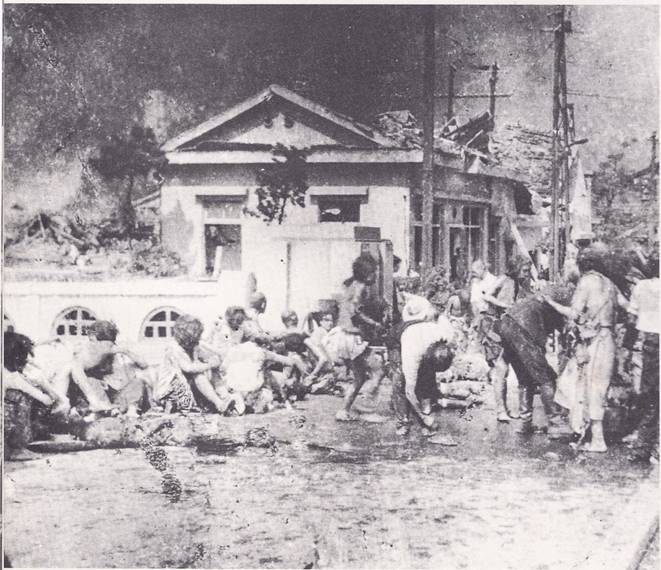
“We agreed to give every chance to the inhabitants,” Churchill later wrote. “The procedure was developed in detail. In order to minimize the loss of life, eleven Japanese cities were warned by leaflets on July 27 that they would be subjected to intensive air bombardment. Next day six of them were attacked. Twelve more were warned on July 31 and four were bombed on August 1. The last warning was given on August 5. By then the Superfortresses claimed to have dropped a million and a half leaflets every day and three million copies of the ultimatum.”
On August 6, three American bombers appeared in the air over Hiroshima‚ a city of some 380,000 persons. The bomb bay of one of the planes opened, releasing an atomic bomb with the power of 20,000 tons of TNT. There was a tremendous flash of light, an enormous roar and then a mushroom-shaped cloud formed in the sky. In a few minutes, about seventy-five per cent of the city was destroyed. More than 75,000 persons were killed; 37,425 were injured, 13,933 were reported missing and 176,987 were homeless and sick.
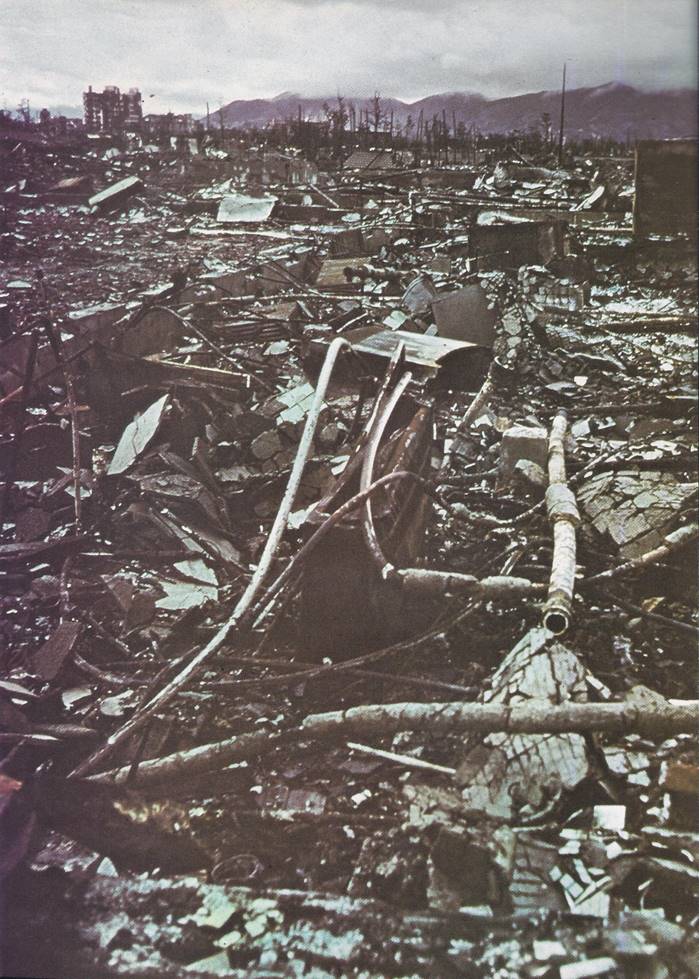
President Truman said, “It was to spare the Japanese people from utter destruction that the ultimatum of July 26 was issued. . . Their leaders promptly rejected that ultimatum. If they do not now accept our terms they may expect a rain of ruin from the air, the likes of which has never been seen on this earth.”
No word came from the Japanese government and on August 8 Russia’s Red Army pushed into Manchuria. The next day, an atomic bomb was dropped on the city of Nagasaki, where about 75,000 persons were killed or injured and a third of the city destroyed.
On August 10, Japan finally asked for peace. The allies agreed to make Peace provided that “from the moment of surrender the authority of the emperor and the Japanese government to rule the state shall be subject to the Supreme Commander of the Allied Powers.” General MacArthur was named Supreme Commander and on September 2, aboard the battleship Missouri in Tokyo harbour, the Japanese formally surrendered. The Japanese foreign minister and a general of the Imperial Staff signed the surrender document for Japan, while MacArthur signed for the allies. MacArthur then said, “These proceedings are closed. The entire world is quietly at peace. A new era is upon us.”
